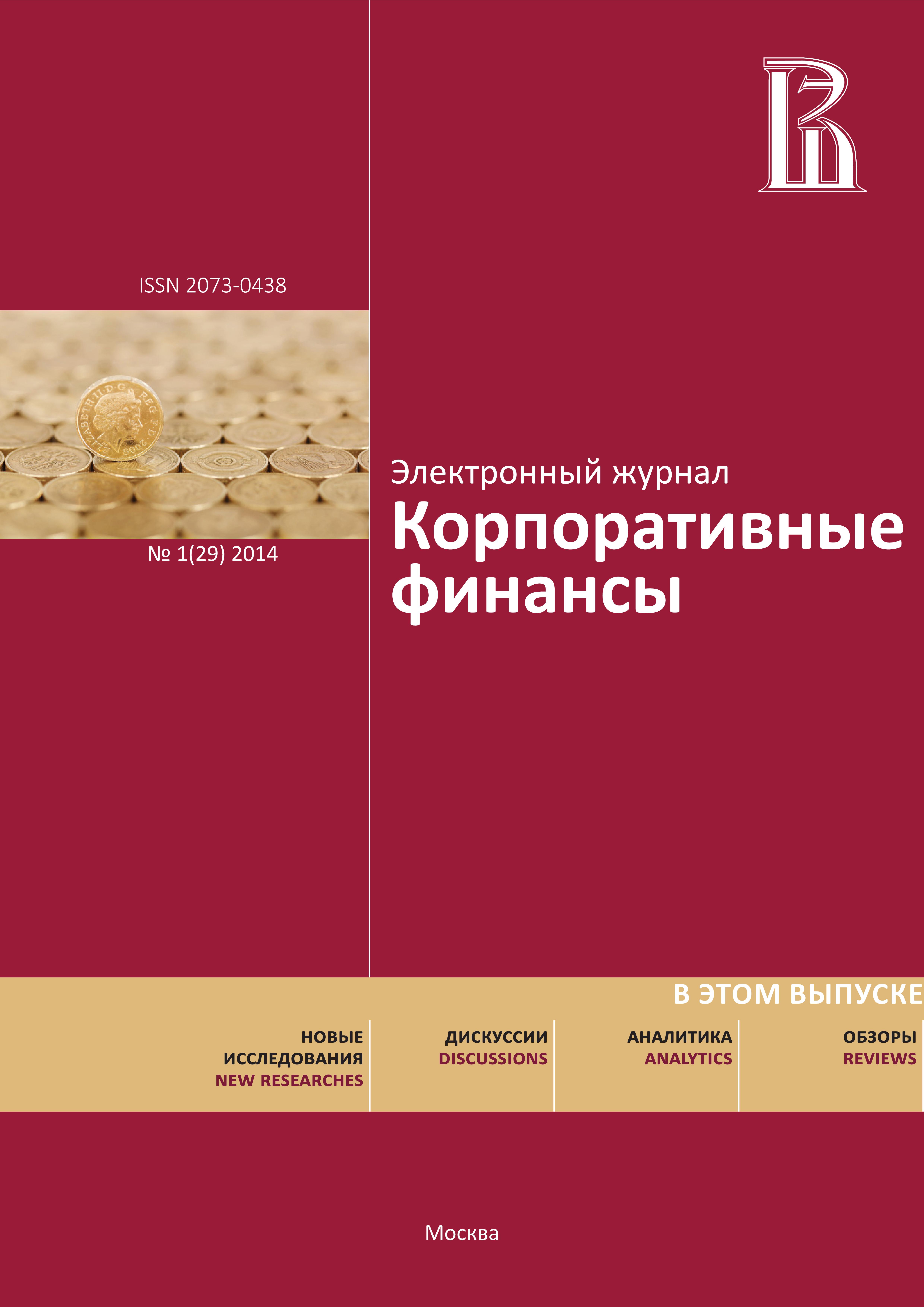Stock Liquidity Influence on Capital Structure Decisions
Abstract
Authors: Gor Vardanovich Sargsyan National Research University The Higher School of Economics
Yelena Y. Makeeva National Research University The Higher School of Economics len-makeeva@yandex.ru
This paper is concerned with stock liquidity as a factor in making capital structure decisions by managers of Russian firms. Although a big number of studies on capital structure occurred over the last few decades, stock liquidity has only recently attracted scholars’ attention as a possible driver for the choice of capital structure. Yet the existing papers are based on data from the developed capital markets. The latter differ substantially from the Russian market in terms of institutional environment and more liquid stocks. Against the background of revisions in the Russian clearing system that are expected to boost liquidity of stocks, this paper gains in currency. The theoretic mechanisms behind the interplay of stock liquidity and capital structure are discussed in previous studies. Lower stock liquidity is associated with higher transaction costs and informational asymmetry, and thus with higher required return. Therefore it is assumed that the managers aiming at firm value maximization would prefer debt to equity financing in case if stock is not liquid enough. There are also theoretic grounds to expect an opposite impact of capital structure on stock liquidity. However, the sign of such an influence has to be defined. On one hand, excessive indebtedness raises risks for investors, and thus undermines attractiveness of stocks and deteriorates liquidity. On the other hand, debt can induce managers to take more responsible decisions. This may reduce agency costs and informational asymmetry and have favorable effect on stock liquidity.Hypotheses are tested on data of Russian companies listed on MICEX in 2006 – 2011. We take company-years as observations. Dummy variables are introduced in order to account for the period of financial crisis in 2008 – 2009. The results of regression analyses suggest that the hypothesis about negative stock liquidity influence on capital structure is not rejected. Positive influence of capital structure on liquidity is also statistically significant. These opposite effects do not offset each other due to different adjustment speeds and effect sizes. The dummy variables indicate that the acquired patterns are not valid during the crisis.

